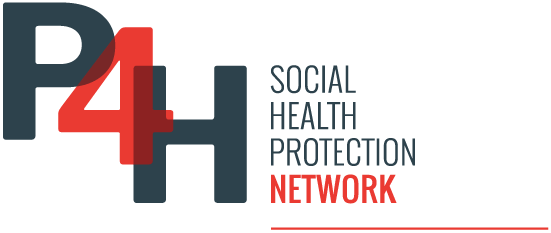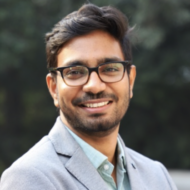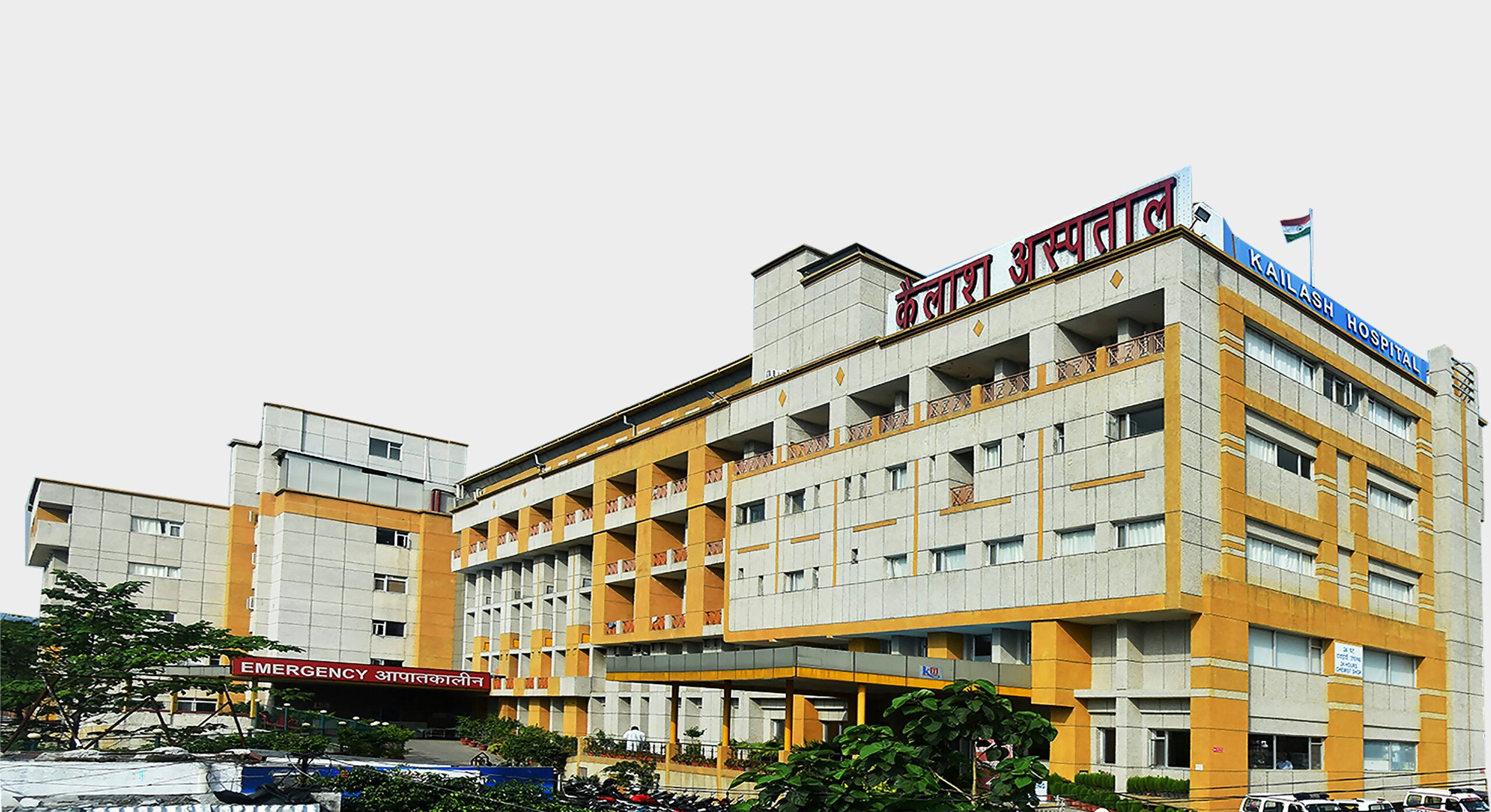India’s flagship health insurance scheme, PM-JAY, is under strain as 650 Haryana hospitals suspend services over ₹490 crore unpaid dues, cutting off 18 million people. In J&K, limited hospitals and delayed payments worsen access gaps. Patients face debt, delays, and fragile health coverage.
Earlier this month, 22-year-old Sunita faced a devastating reality when her father suffered a cardiac emergency. Expecting coverage under the government’s Ayushman Bharat–Pradhan Mantri Jan Arogya Yojana (PM-JAY), which promises up to ₹5 lakh in hospital expenses per family, she was told that the private hospital in Haryana had stopped admitting scheme patients. The reason was months of unpaid dues from the government, part of a larger deadlock that has seen 650 private hospitals across Haryana suspend PM-JAY services. With nearly ₹490 crore pending for reimbursement, private hospitals argue that delays of six to nine months have made it impossible to cover costs for salaries, medicines, utilities, and daily operations. As a result, approximately 18 million poor residents in the state have been cut off from vital treatments offered in private facilities.
The suspension in Haryana highlights a deeper problem with the PM-JAY scheme nationally. Introduced in 2018 as the world’s largest publicly funded health insurance programme for India’s poorest 40% of households, it seeks to ensure cashless treatment in over 25,000 hospitals. Yet uneven implementation across states has exposed serious weaknesses — slow reimbursements, low package rates, reduced participation from private hospitals, and allegations of fraud. In Haryana, hospitals complain that government-set Health Benefit Package (HBP) rates fail to reflect rising medical costs, while authorities accuse hospitals of inflating bills and submitting questionable claims, thus justifying scrutiny and delays in payments.
For patients, however, the consequences are immediate and painful. Families like Sunita’s, earning merely ₹10,000 a month, are driven to debt as they seek treatment in under-equipped hospitals or turn to private care without scheme coverage. Public facilities meanwhile are overloaded with patients, leading to long waiting times and overstretched resources. In districts like Rohtak, patients requiring even routine surgery have been left waiting for months.
Elsewhere, particularly in Jammu and Kashmir, PM-JAY has struggled with different but related challenges. The region has fewer than 130 empanelled private hospitals, compared to Haryana’s 650, leaving most of its population with limited choices. Providers are reluctant to participate, citing cumbersome empanelment procedures, low reimbursement rates, and delayed claim settlements that stretch beyond six months. Patients must often travel long distances, even across state borders, to receive eligible treatment, adding financial and physical burdens. For people like Naseema from Kupwara, diagnosed with breast cancer, these gaps mean draining savings simply to access surgery in far-off Srinagar.
Experts argue that these crises reflect the fragility of India’s public-private healthcare partnership. The system hinges on timely government reimbursements, but when payments stall, private participation collapses. The Swiss Re Institute warns that India faces one of the world’s largest “health protection gaps,” with out-of-pocket spending still accounting for more than half of all medical expenses. Recent studies show that nearly 28–30% of Indian households face catastrophic health spending, far from the government’s National Health Policy target to reduce this burden to 25% by 2025.
Although government health expenditure has risen modestly, reaching 1.84% of GDP in 2021–22, it remains insufficient to cover growing needs. The unfolding crises in Haryana and Jammu and Kashmir reveal how a scheme framed as a step toward universal health coverage risks becoming a patchwork safety net that fails during emergencies. For families like Sunita’s, the gap between promise and delivery means falling into debt and uncertainty — leaving the central question unresolved: can PM-JAY truly protect India’s poor, or will it remain a fragile lifeline?



